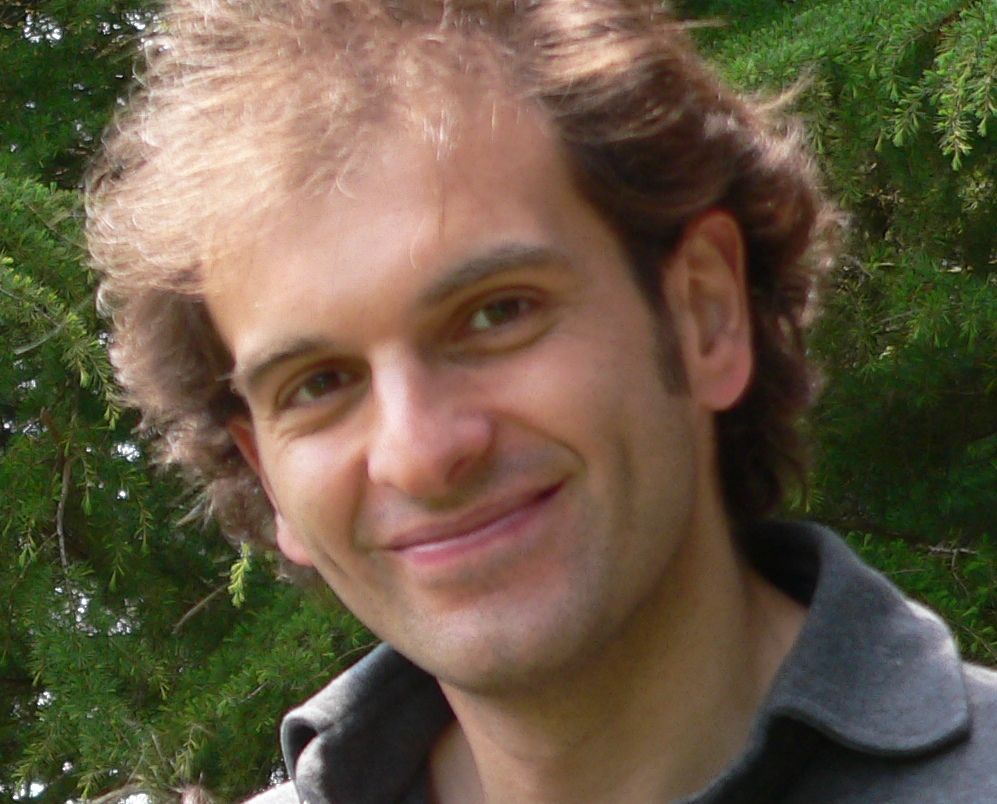News
Article
Pan-Genotypic DAA Regimens Safe, Effective for Children, Adolescents with Chronic HCV
Author(s):
Results of the systematic review and meta-analysis support the use of pan-genotypic DAA regimens for the treatment of chronic HCV in adolescents and children ≥ 3 years of age.
Giuseppe Indolfi, MD, PhD
Credit: World Journal of Hepatology

Pan-genotypic direct-acting antiviral (DAA) regimens may be highly effective and well-tolerated in children and adolescents 3-18 years of age with chronic hepatitis C virus (HCV) infection, according to findings from a recent systematic review and meta-analysis.1
Results showed glecaprevir/pibrentasvir, sofosbuvir/velpatasvir, and sofosbuvir/daclatasvir regimens were safe and effective in adolescents, older children, and young children, supporting the World Health Organization (WHO)’s recommendation for their use in adults, adolescents, and children ≥ 3 years of age.1
The WHO estimates 58 million people have chronic HCV infection worldwide, affecting 3.2 million adolescents and children. In the absence of an effective vaccine, DAAs may offer a cure for 95% of persons with HCV. However, the prevalence, epidemiology, and natural history of HCV infection are less understood in children than in adults.2
“There has been much less attention to addressing HCV in children and adolescents, in part because of the lower burden of infection, lack of national policies on HCV management, and until recently lack of approved DAA regimens in children,” wrote Giuseppe Indolfi, MD, PhD, associate professor of pediatric and liver unit at Anna Meyer Children's University-Hospital of Florence, and colleagues.1
To inform the WHO guidelines about the safety and efficacy of DAA regimens for the treatment of HCV in children and adolescents, investigators conducted a systematic review and meta-analysis building upon previous research from 2020.3 The present study included clinical trials and observational studies published up to August 11, 2021, evaluating DAA regimens in HCV-infected adolescents (12–18 years of age), older children (6–11 years of age), and young children (3–5 years of age).1
Investigators searched key conference abstracts as well as MEDLINE, Embase, and CENTRAL electronic databases for studies reporting treatment outcomes in adolescents, older, and young children with chronic HCV infection, with and without cirrhosis, regardless of treatment history or genotype. Randomized clinical trials, comparative non-randomized clinical trials, single-arm trials with no comparison/control group, and prospective observational studies were included, although investigators noted all were treated as single-arm studies for the purpose of analysis.1
Key DAA regimens included were glecaprevir/pibrentasvir, sofosbuvir/velpatasvir, and sofosbuvir/daclatasvir, as well as other DAA regimens. Sustained virological response 12 weeks after the end of treatment (SVR12), adverse events, and treatment discontinuation were the outcomes evaluated.1
After screening titles and abstracts for eligibility, investigators assessed the full-text articles and ultimately selected 49 studies including 1882 adolescents, 436 older children, and 166 young children for inclusion. Most study participants were non-cirrhotic (n = 1753, 69.5%) and DAA or interferon-based regimen naïve (n = 1825, 72.3%).1
Among the included studies, 3 were randomized clinical trials, 28 were non-randomized controlled trials, and 18 were observational studies. Most (n = 24) studies were conducted in Egypt.1
For each included study, investigators extracted baseline patient characteristics; DAA regimen; recruitment and study completion rates; number of patients achieving SVR12; number of patients with adverse events and type of adverse events; number of treatment discontinuations; and loss to follow-up.1
The risk of bias for non-randomized studies was assessed using a modified version of the tool proposed by the Cochrane Collaboration. Investigators also assessed the certainty of the evidence for SVR12 using an adapted version of the Grading of Recommendations, Assessment, Development, and Evaluations (GRADE) approach, excluding adverse events due to their subjectivity.1
The SVR12 for glecaprevir/pibrentasvir was 100% (95% CI, 96–100) in adolescents, 96% (95% CI, 90–100) in older children, and 96% (95% CI, 83–100) in younger children. For sofosbuvir/velpatasvir, SVR12 rates were 95% (95% CI, 90–99), 93% (95% CI, 86–98), and 83% (95% CI, 70–93), respectively. Finally, for sofosbuvir/daclatasvir, SVR12 was 100% (95% CI, 97–100) for adolescents and 100% (95% CI, 94–100) in older children.1
Adverse events were reported in 50% of adolescents, 53% of older children, and 72% of young children. Investigators noted serious adverse events and treatment discontinuations were uncommon in adolescents and older children (<1%) but slightly higher in young children (3%). Still, they pointed out treatment with DAAs was safe and well-tolerated, citing difficulty interpreting the significance of adverse events in the absence of placebo or comparator treatment arms.1
All studies were classified as at low risk of bias in measurement classification of interventions, bias in measurement of the outcome, and bias in selection of the reported result.1
Investigators were careful to outline several potential limitations. Specifically, they noted findings were based primarily on single-arm, non-randomized controlled studies, with a lack of comparator data. They also cited missing data for key variables such as route of HCV acquisition, presence or absence of comorbidities, and HIV co-infection precluding evaluation of the impact of these on outcomes.1
Still, investigators pointed out the study’s many strengths and ultimately determined “All pan-genotypic DAA regimens are effective and safe for treatment of HCV-infected adolescents and children down to 3 years of age.”
References:
- Indolfi G, Easterbrook P, Giometto S, et al. Efficacy and safety of DAA in children and adolescents with chronic HCV infection: A systematic review and meta-analysis. Liver Int. doi:10.1111/liv.15827
- World Health Organization. Hepatitis C. Newsroom. July 18, 2023. Accessed February 5, 2024. https://www.who.int/news-room/fact-sheets/detail/hepatitis-c
- Indolfi G, Giometto S, Serranti D, et al. Systematic review with meta-analysis: the efficacy and safety of direct-acting antivirals in children and adolescents with chronic hepatitis C virus infection. Alimentary Pharmacology and Therapeutics. https://doi.org/10.1111/apt.16037





